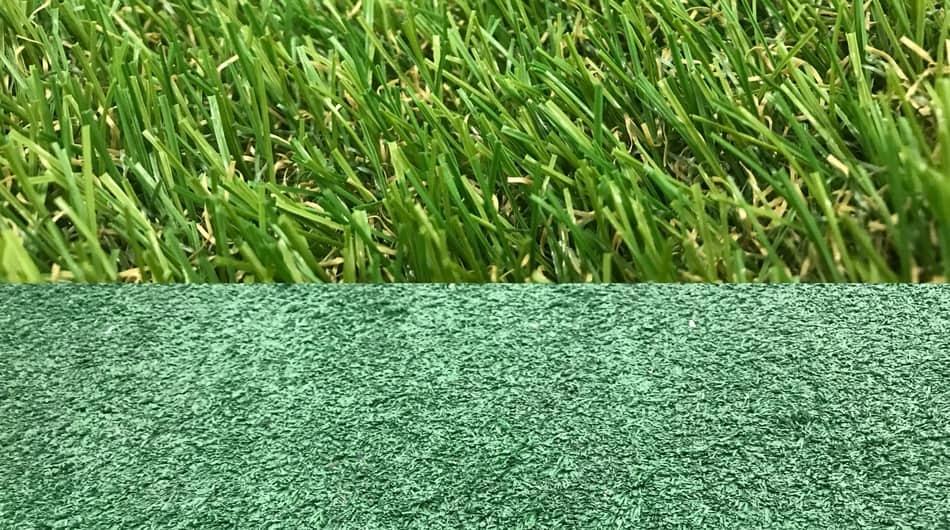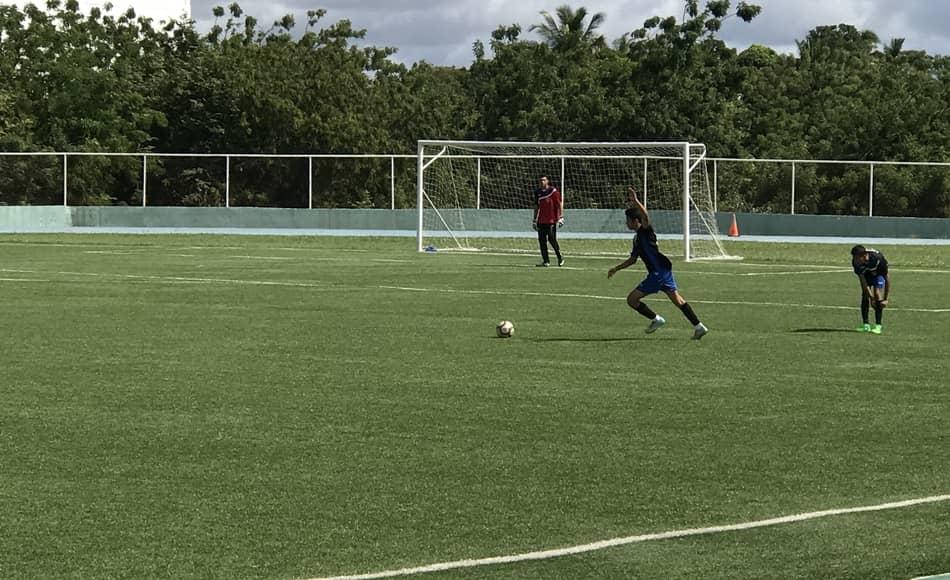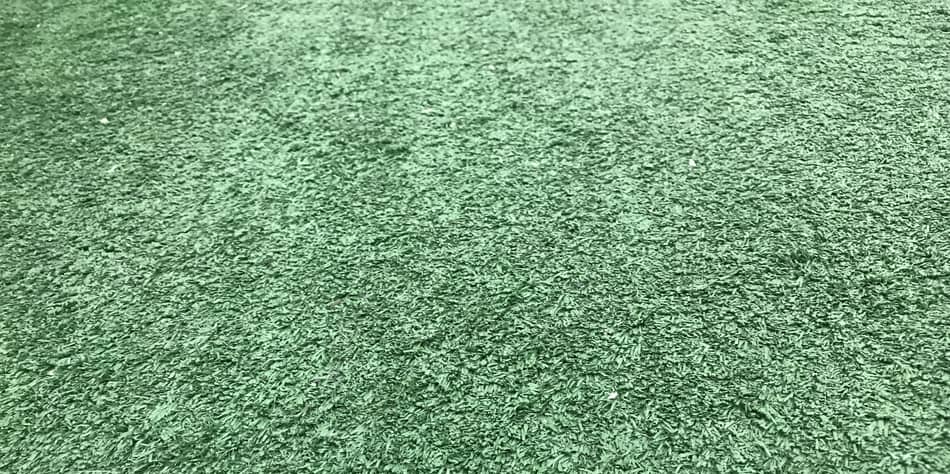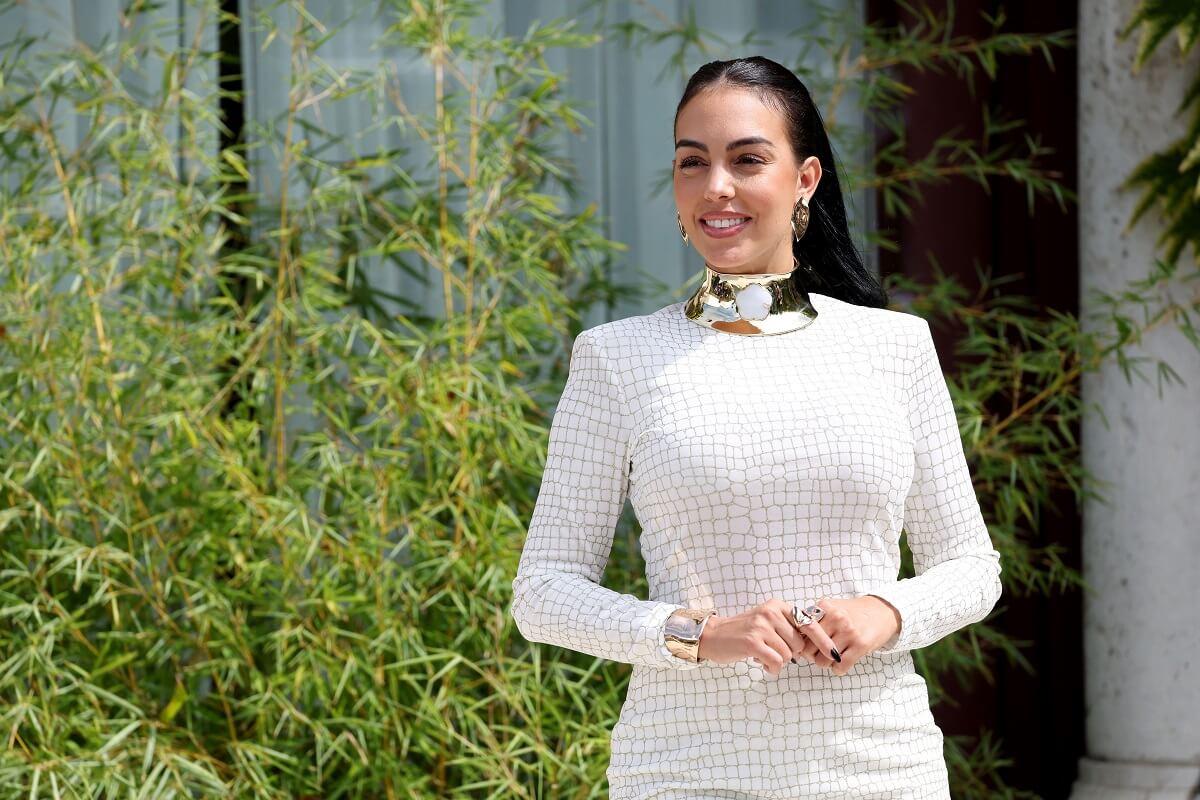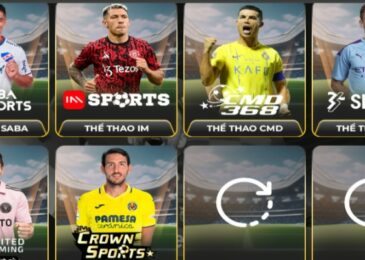Have you ever wondered what sets turf and artificial grass apart? Many people mistakenly believe that they are the same, but in reality, they have significant differences in terms of quality and performance. These distinctions are crucial when choosing the right pair of boots for a specific playing surface.
Bạn đang xem: The Key Differences Between Turf and Artificial Grass
Understanding Artificial Grass (AG)
Artificial Grass, also known as Third Generation Artificial Grass, is the top-of-the-line synthetic grass available on the market. It is commonly found in major club stadiums and professional training fields. From a distance, AG closely resembles natural grass but offers a significantly different playing experience.
While AG provides a natural look, it is an abrasive surface. Falling or sliding on AG can result in friction-related injuries like scrapes and burns. However, despite its abrasiveness, AG offers the highest quality and performance among synthetic grasses.
A closer look at Third Generation Artificial Grass reveals longer grass “hairs,” providing a certain level of depth to the surface. These fields meet strict FIFA requirements and incorporate layers of sand, rubber, and other materials to create a cushioned feel that closely mimics natural grass. As a result, the ball bounce on AG fields is completely natural.
What Boots/Cleats to Use on AG?
For AG fields, specialized Artificial Grass (AG) soleplates are the best choice. These soleplates feature rounded rubber studs designed to provide optimal support on the surface. Unlike cleats for natural grass, AG studs do not penetrate the ground but instead rest on top of the surface. This design reduces the risk of injuries caused by studs getting stuck in the grass and enhances durability on the abrasive AG surface.
Xem thêm : Soccer: Beyond the Surface
Alternatively, Firm Ground (FG) soleplates also work well on AG surfaces. Adidas even offers AG/FG hybrid soleplates that are suitable for both types of fields. However, it is essential to avoid using Soft Ground (SG) soleplates with metal studs on AG surfaces as they can be dangerous and potentially damage the field.
Understanding Turf
Turf, also known as First Generation Artificial Grass, is a more primitive and obsolete type of artificial grass. While it still exists, it has become less common over time due to its poor quality. Playing on turf offers a drastically different experience compared to AG.
Turf resembles a shallow carpet, with considerably shorter “hairs” than those found on third-generation AG fields. As a result, the surface feels shallow and lacks cushioning. Simply tapping the surface demonstrates its hardness and roughness. The ball bounce on turf is also unnatural and unpredictable.
Playing on turf can be painful, as the hard surface provides little cushioning. Additionally, turf is even more abrasive than first-generation AG, making it more likely to cause burns and scrapes during slides or tackles. The high rubber content in turf fields also makes them extremely hot, making gameplay uncomfortable on hot sunny days.
What Boots/Cleats to Use on Turf?
Turf soleplates are the recommended choice for playing on turf. These soleplates offer several advantages for this specific surface:
- They provide extra cushioning to compensate for the hardness of turf.
- The rubber soleplate enhances durability in the abrasive environment.
- The short studs are ideal for the shallow surface of turf.
- The multiple studs distribute weight evenly, ensuring stability and minimizing stud pressure.
Xem thêm : The Rise of Inaki Williams: An In-depth Look at his Career and Achievements
Contrary to common misconception, turf shoes are not synonymous with low quality. Major brands offer turf shoes with excellent quality, with some models being identical to high-end firm ground shoes used by professionals but with a turf-specific outsole.
Turf shoes can also be used on third-generation AG fields, although they may not provide as aggressive traction as AG-specific soleplates. Conversely, AG soleplates can be used on turf, but there is a risk of experiencing stud pressure due to the surface’s hardness. As such, AG soleplates are not recommended for turf fields.
Conclusion
Artificial Grass (AG) and Turf, despite both being types of artificial grass, have significant differences in terms of quality, playing experience, and safety. AG provides an almost natural grass-like feel and is suitable for top-tier gameplay. Turf, on the other hand, offers a lower quality experience with minimal cushioning and unpredictable ball bounce.
Choosing the right soleplate for each type of field is crucial to avoid injuries and maximize performance. Specialized AG soleplates or FG soleplates are recommended for AG surfaces, while turf soleplates are ideal for playing on turf. It is important to avoid using SG or FG soleplates on turf as they are not designed for such surfaces and can lead to serious injuries or damages.
Ultimately, while artificial grass offers convenience, nothing can truly replace the experience of playing on a natural grass field.
FAQs
Q: Can AG soleplates be used on turf fields?
A: Yes, AG soleplates can be used on turf fields, but they may cause some discomfort due to the hardness of the surface.
Q: Are turf shoes of lower quality compared to other soccer cleats?
A: No, major brands offer turf shoes with excellent quality, some of which are on par with high-end firm ground shoes used by professionals.
Q: What happens if I use FG or SG soleplates on turf fields?
A: Using FG or SG soleplates on turf fields can result in studs getting stuck, leading to potential injuries and damage to the studs themselves.
Q: Is AG suitable for professional gameplay?
A: Yes, AG is commonly used in major club stadiums and professional training fields due to its high quality and performance.
Q: Why is playing on turf more uncomfortable in hot weather?
A: Turf fields contain a higher amount of rubber particles, which increase surface temperature and abrasiveness when exposed to hot weather conditions.
Q: Can I use AG soleplates on firm ground surfaces?
A: Yes, AG soleplates can be used on firm ground surfaces, but they may not provide as aggressive traction as FG-specific soleplates.
Conclusion
Choosing the right soleplate for specific playing surfaces is crucial for both safety and performance. Understanding the differences between artificial grass and turf helps players make informed decisions when purchasing soccer cleats. Whether it is the high-quality feel of Third Generation Artificial Grass or the cushioned comfort of turf, each surface requires its own specific soleplate for optimal gameplay. So, make the right choice and elevate your performance on the pitch!
Nguồn: https://www.pesstatsdatabase.com
Danh mục: Sport

